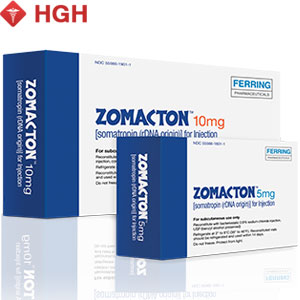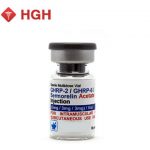 Bald may be the new sexy, if you look at the immense popularity of Bruce Willis and Vin Diesel, but losing your hair day by day is not something you look forward to.
Bald may be the new sexy, if you look at the immense popularity of Bruce Willis and Vin Diesel, but losing your hair day by day is not something you look forward to.
Even though there’s an alleged connection between premature baldness and good libido, the actual connection between hair loss in men and their level of male hormones is far more complicated than that.
What Is the Role of Testosterone in Hair Loss?
The allegation that going bald is a sign of increased testosterone (and, therefore, libido) is a myth. Baldness is related to testosterone, but it doesn’t mean balding men have more of the hormone. It just means that their hair follicles are more sensitive to it.
What Causes Hair Loss?
There are three major causes of baldness: age, genes, and hormones. In fact, approximately one third of all men start going bald by the age of 45, and only few retain their magnificent thick chevelures by the time they retire. Why does this happen?
Male pattern baldness is inherited, and if you have those genes, your hair follicles are overly sensitive to DHT (dihydrotestosterone), the hormone testosterone is converted to. DHT causes hair follicles to shrink, which is why they start growing thinner and shorter hair, and eventually stop growing it altogether. So, men don’t lose hair because they have more DHT in their bodies: they lose it, because their follicles are more heavily influenced by it.
Even though DHT causes hair follicles to stop growing hair, it doesn’t actually ‘kill’ them, so they are still able to do their job. The question is how to make them do it.
More about hair loss causes
Ways to Treat Hair Loss
You have to realize that if there’s baldness in your family history, there’s not much you can do to avoid it. Sadly, at the moment there are no non-surgical methods to completely stop hair loss or restore its growth once and for all. What you can do, however, is slow down the process of losing hair with these two approved remedies.
Finasteride. This medication stops testosterone from converting to dihydrotestosterone, which, as you know, is the culprit of your getting bald. It may take around three months for you to see some results. Finasteride is also used to treat irregular prostate growth (known as benign prostatic hyperplasia), because DHT contributes to this condition as well.
Minoxidil. Minoxidil is a foam that stimulates hair follicles to grow hair, so it can be effective for slowing down hair loss and even growing back the hair. The first results will kick in after two weeks, and if you don’t see any progress after four months, you’ll need to consult your doctor.
Keep in mind that the effect goes away when you stop using the treatment (which is true for both remedies). If you are looking to permanently restore your hair, you might choose methods like hair transplants or plastic surgery.
Baldness may not be a problem at all, but if you do find it disturbing, start fighting it early. It is much easier to slow down hair loss at early stages than it is to restore the hair you already lost.




